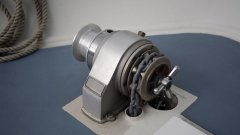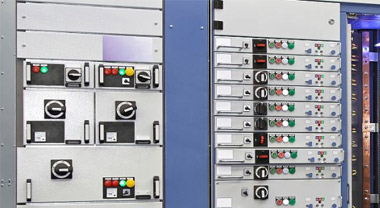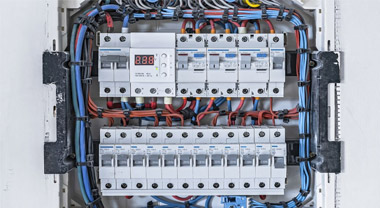Factors affecting circuit breaker current carrying capacity
The effect of current carrying capacity is mainly reflected in the Joule heat generated when the current flows through the conductor loop. Part of this heat is transferred to the outside world through heat conduction, heat convection and heat radiation, and dissipated into the surrounding medium, while the other part is absorbed by the circuit breaker itself. After the circuit breaker absorbs heat, the temperature rises; when the generated heat and the emitted heat reach a balance, the temperature rise of the circuit breaker no longer increases to reach a steady state [5-6]. Clause 7.2.2.1 in GB 14048.2-2008 has clear regulations on the temperature rise limit of circuit breakers, so that 2.1 has clear regulations on the temperature rise limit of circuit breakers, so the analysis of the factors affecting the current carrying capacity is particularly important.
When the ambient temperature is higher than the range specified in clause 7.2.2.2 of GB 14048.2-2008, the rated current carried by the circuit breaker may cause the temperature of the terminal to exceed the limit specified by the standard. Therefore, it is necessary to reduce the carrying current of the circuit breaker to make the terminal temperature Meet the standard requirements.
In the complete switchgear, due to the narrow cabinet space and different requirements for the IP protection level, the operating environment temperature of the circuit breaker in it will be higher than the normal use conditions, and the current carrying capacity of the circuit breaker should be appropriately reduced [9] . Take the universal circuit breaker provided by an enterprise as an example for analysis, and its current carrying capacity at different ambient temperatures is shown in Table 1. It can be seen from Table 1 that as the ambient temperature increases, not all circuit breakers of specifications will be derated. Under the same frame level current, generally the two largest current circuit breakers may choose appropriate derating.
The ratio of the current carrying capacity of the circuit breaker after derating to the rated current is shown in Table 2. It can be seen from Table 2 that the increase in ambient temperature has a greater impact on the current carrying capacity of the circuit breaker. The ratio of the current carrying capacity to the rated current of the circuit breaker after derating will decrease with the increase of the ambient temperature, and the reduction range of circuit breakers with different current specifications They are also different.
The ratio of download flow to rated current at different ambient temperatures is shown in Figure 1. It can be seen from Figure 1 that the derating coefficients of circuit breakers of different current specifications are relatively close, and the derating coefficient values are roughly around a straight line passing through the 45°C derating factor of 100% and 60°C derating factor of 90%. It is approximately considered that the derating curves of the circuit breakers of these 4 specifications are consistent, and when the ambient temperature is 50℃, the derating coefficient is generally 95% of the rated current, and the derating coefficient is reduced by 2.5% for every 5K increase in the ambient temperature.
In summary, the increase in ambient temperature has a certain impact on the circuit breaker's current carrying capacity. Under the same frame current level, circuit breakers with larger current specifications will generally choose appropriate derating as the ambient temperature rises, and circuit breakers with different current specifications have different derating ranges. Through experiments, the current carrying capacity of the universal circuit breaker at different ambient temperatures can be obtained, and the curve of the current carrying capacity varying with the ambient temperature, which is the derating curve of the circuit breaker, can be drawn, and the derating model of the universal circuit breaker can be established, which is a universal circuit breaker Provide guidance for the selection and safety application of the device in complete equipment. At the same time, it is also hoped that circuit breaker manufacturers can provide users with a more detailed reference table of the derating coefficient of circuit breakers when the ambient temperature changes, so as to provide a certain reference basis for users and complete sets of manufacturers in product design. Circuit breaker manufacturers can go to relevant inspection agencies to test the derating curves of circuit breakers at different ambient temperatures.




